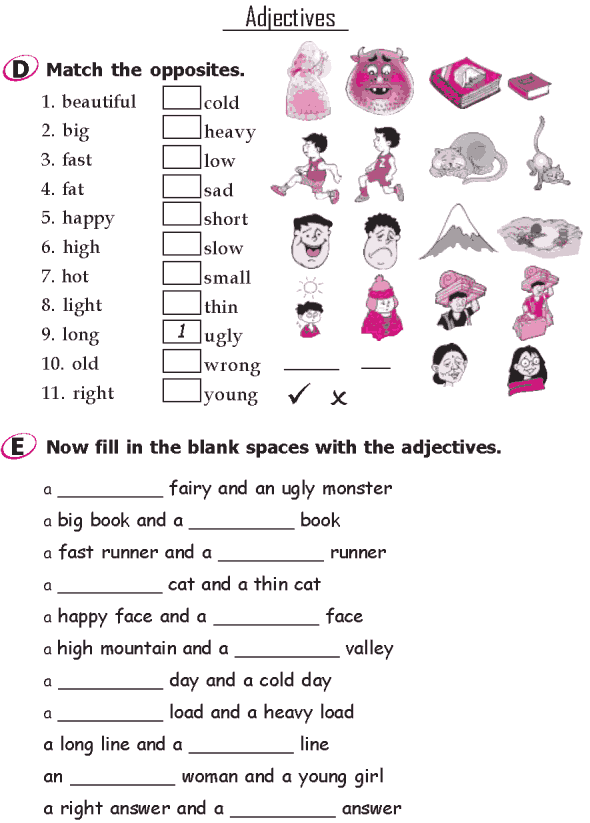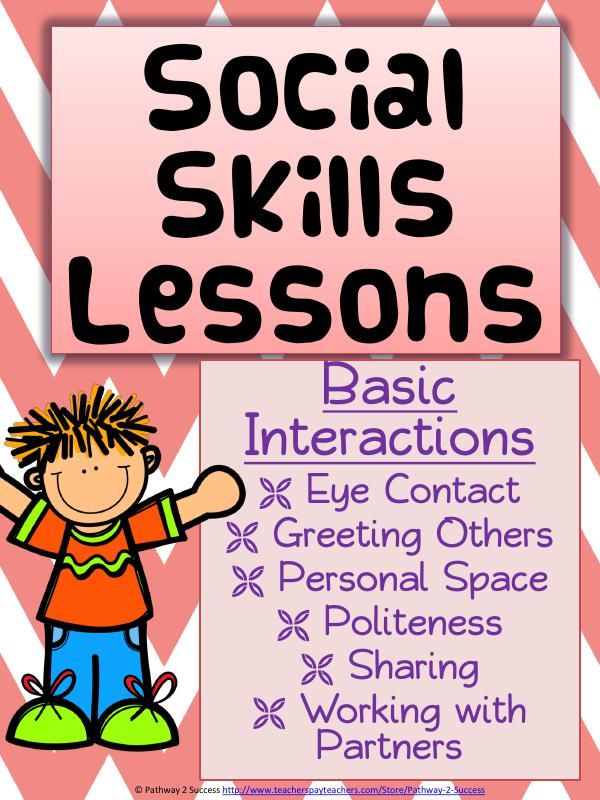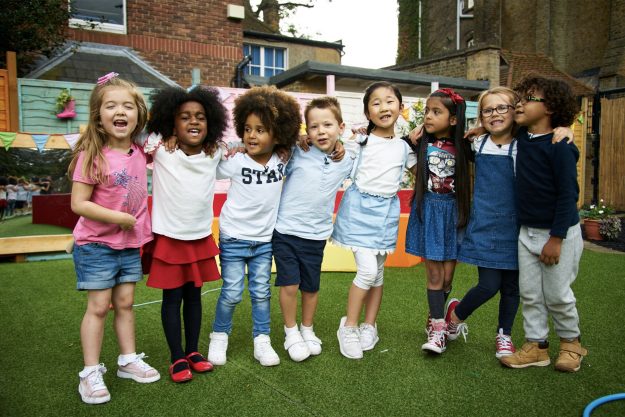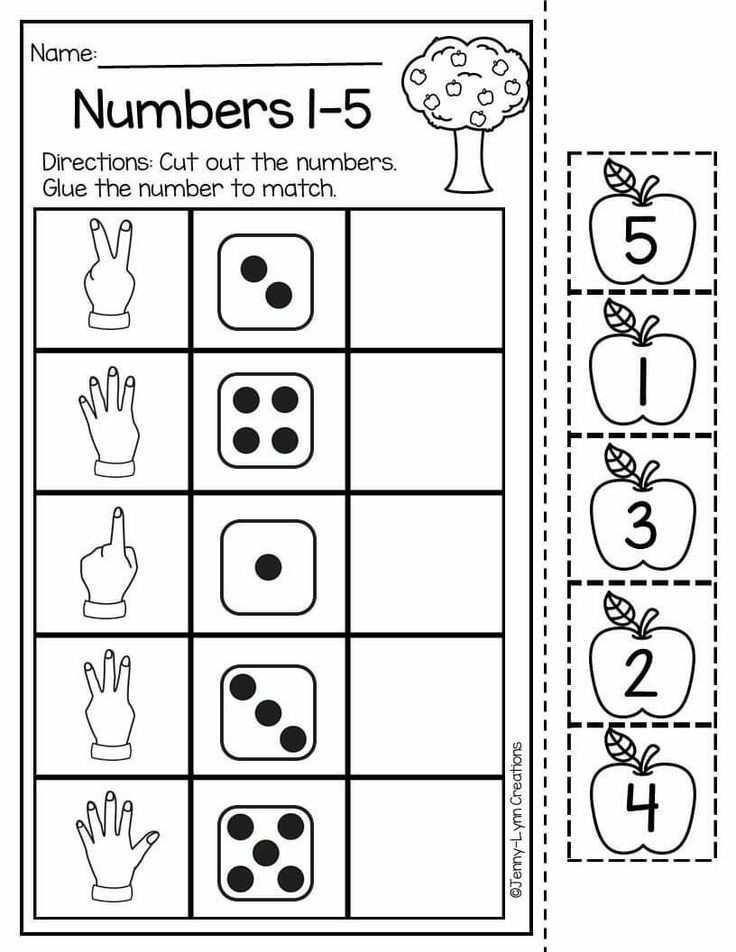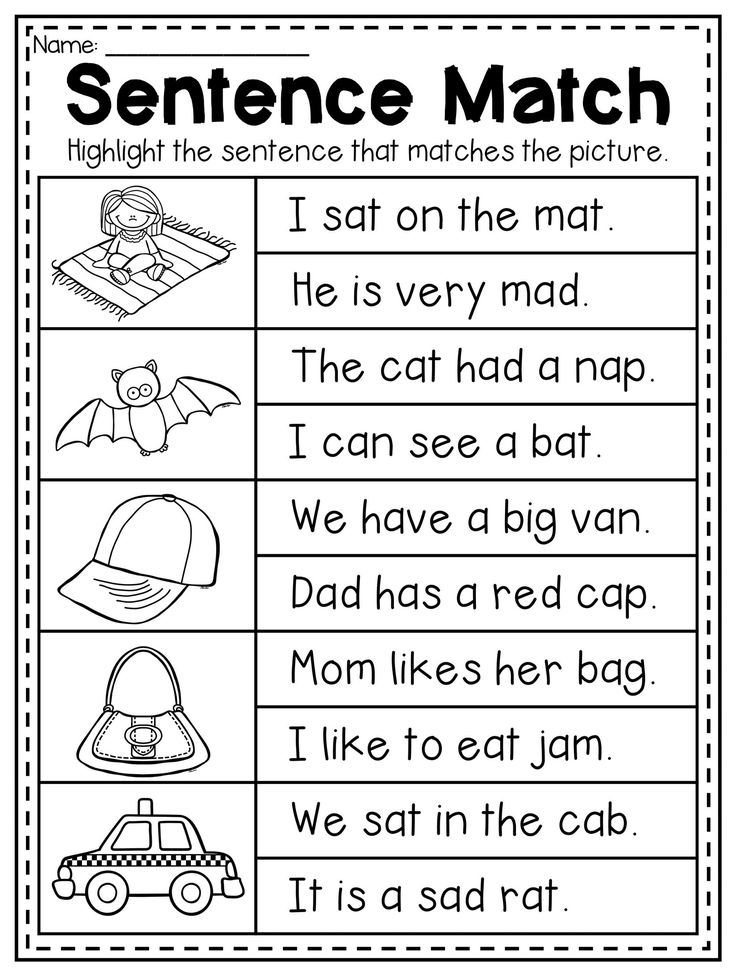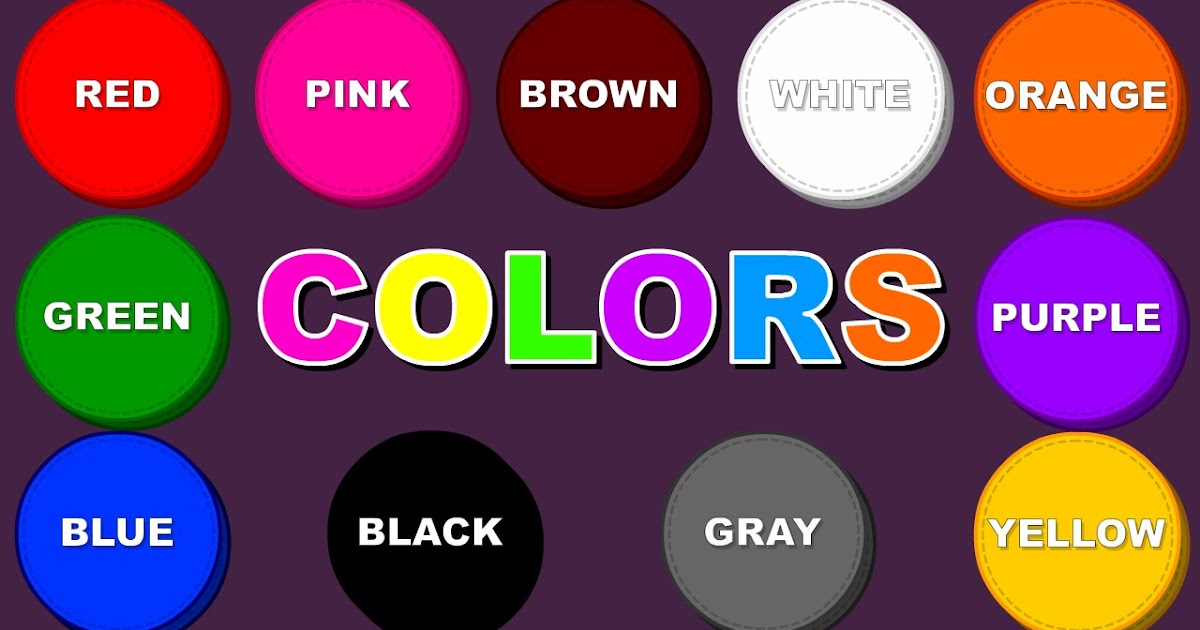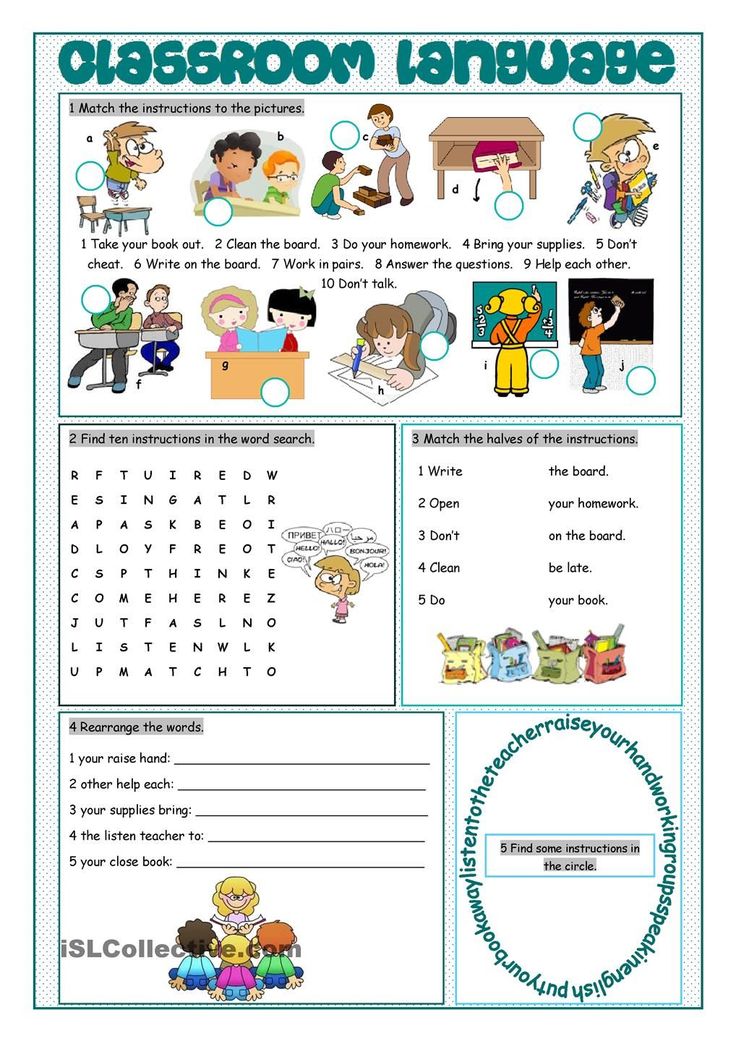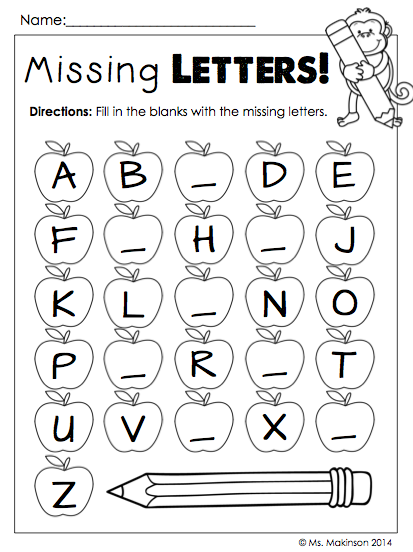5 year old vocabulary
5 Year Old Speech Checklist
Skip to content5-Year-Old Speech Checklist: Speech and Language Milestones
This page is all about 5 year old speech and language skills. Keep in mind that these milestones are based on research about typically-developing children but this information is not meant to diagnose a speech-language delay or disorder. There is a wide range of “normal” and even if your child is slightly delayed in a few of these areas, it doesn’t necessarily mean he or she has a speech or language delay. Please contact a speech-language pathologist for a screening if you are concerned about your child’s speech and language skills.
Speech & Language Activities
Plans for 39 Most Common Skills | $59.99 on TPT
Buy Now
5-Year-Old Speech Checklist (Sound Production)
5-year-old speech milestones refer specifically to the sounds that a child is able to speak. We use the term “speech” to refer to how a child pronounces words, whereas “language” is used to describe how children use those words to create sentences and communicate with those around them.
- Intelligibility: A 4-year-old’s speech should be understood about 90% of the time (source: Hustad et. al, 2021)
. - Speech Sounds Correct: A 5-year-old should be able to say the most speech sounds correctly except for /r/, “th” (voiced and voiceless), and the “zh” sound, as in “beige” (source: Crowe & McLeod, 2020)
. - Phonological Processes: A 5-year-old should no longer be using speech error patterns (phonological processes) except for gliding of liquids (replacing /l/ and /r/ with /w/ and “j”). The following phonological processes should no longer be present:
- Velar Assimilation: Changing non-velar sounds to velar sounds in order to mirror another sound in the word (kack for tack, or guck for duck)
- Nasal Assimilation: Changing non-nasal sounds to nasal sounds in order to mirror another nasal sound in the word (money for funny, or nunny for bunny)
- Stopping of Fricatives: Replacing long sounds (like /f/, /s/, /z/, /v/) with a stop (short) sound (like /t/, /d/, /b/, /p/) (pun for fun, or tee for see)
- Final Consonant Deletion: Deleting the ending consonant off of a word (bu for bus, or no for nose)
- Fronting: Velar sounds (back sounds like /k/ and /g/) are replaced with alveolar sounds (front sounds like /t/ and /d/)
- Deaffrication: Affricate sounds (“ch”, “j”) replaced with fricatives (“sh” and “zh”)
- Cluster Reduction: Consonant clusters reduced to a single consonant (“keen” for “clean” or “tin” for “twin”)
- Weak Syllable Deletion: Reducing multi-syllabic words by omitting a syllable (“brella” for “umbrella”)
- Source: ASHA Resource Page
5-Year-Old Language Checklist
5-year-old language milestones refer to how the child is able to put words together to communicate with those around them.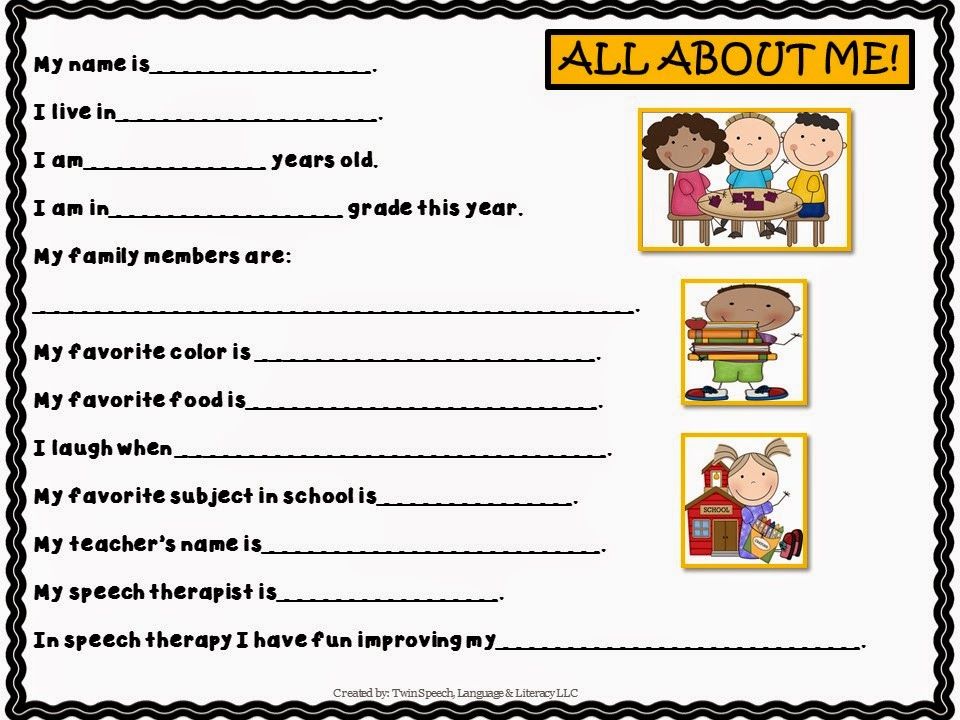 A lot goes into language skills. Here is a list of 5-year-old language milestones:
A lot goes into language skills. Here is a list of 5-year-old language milestones:
- Sentence Length: A 4-year-old should be speaking in sentences that are, on average, about 4-5 words long. Some should be sentences and some should be a bit longer as well. (Source: Rice et. al., 2010)
- Click here to view our resources on increasing sentence length
.
- Click here to view our resources on increasing sentence length
- Grammatical Markers: Grammatical markers are the little words and word endings that help make our sentences complete and convey nuances of meaning. A 5-year-old should have mastered all basic grammatical markers at this age and should be speaking in grammatically correct sentences most of the time. (Source: Paul & Alforde, 1993)
.
Click here to view all of our resources for teaching grammar skills
. - Questions: Children at 5 years old should be able to ask and answer a variety of questions, including “yes/no” questions as well as “wh-” questions like “who, what, why, when, how”.
 5-year-olds should be able to ask and answer questions during school activities to further their learning.
5-year-olds should be able to ask and answer questions during school activities to further their learning. - .
Click Here to View our Resources on Teaching Children to Ask and Answer Questions
.
- .
- Vocabulary: How many words should a 5-year-old know? One source cites that by 5 years old, children should know 10,000 words. (Source: Edwards et. al, 2017) It would be nearly impossible to count all of the words that a child knows but this should give you an idea of how robust a child’s vocabulary should be. A 5-year-old should have the following vocabulary skills by now as well:
- Uses time words like “yesterday”, “tomorrow”, “morning”, or “night” (Source: CDC)
- Understands words for order, like “first”, “next”, and “last” (Source: ASHA)
- Uses sentences that have more than one verb (action word) in them (Source: ASHA)
- Uses deictic terms like “this’, “that”, “here”, and “there” correctly (Source: ASHA)
.
Click Here to View our Resources on Increasing Vocabulary
.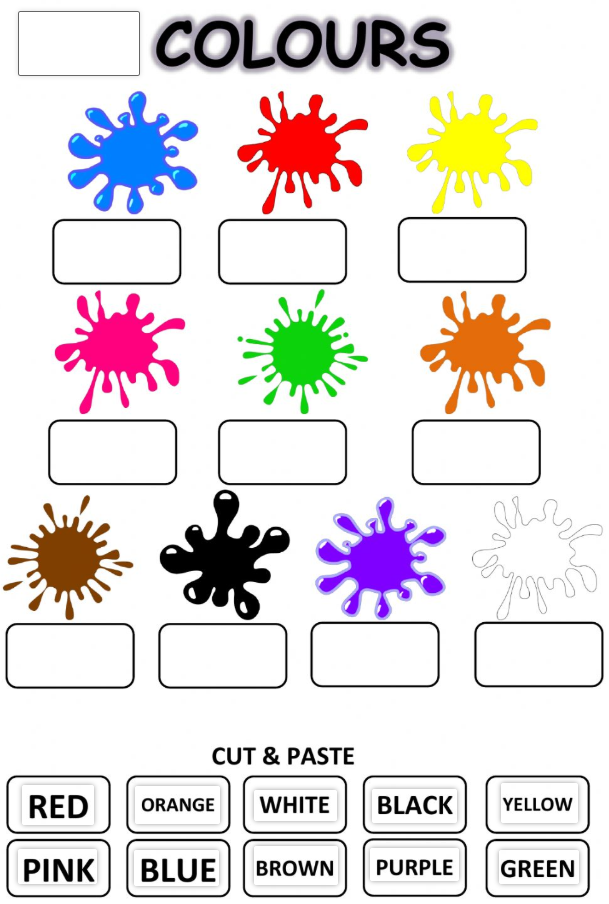
- Following Directions: A 5-year-old should be able to follow 3-step directions now and should be able to follow multi-step classroom directions to participate in learning activities (Source: ASHA)
.
Click Here to View our Resources on Helping Children Learn to Follow Directions
. - Literacy: Children at 5 years of age are getting ready to read! Reading with a 5-year-old is one of the best ways to boost language skills. At this age, children should have the following literacy skills:
- Tells a story she heard or made up with at least two events (Source: CDC)
- Answers simple questions about a book or story after you read or tell it to him (Source: CDC)
- Uses or recognizes simple rhymes (Source: CDC)
- Pays attention to a 5-10 minute story time activity (Source: CDC)
- Writes some letters in her name (Source: CDC)
- Names some letters when you point to them (Source: CDC)
- .
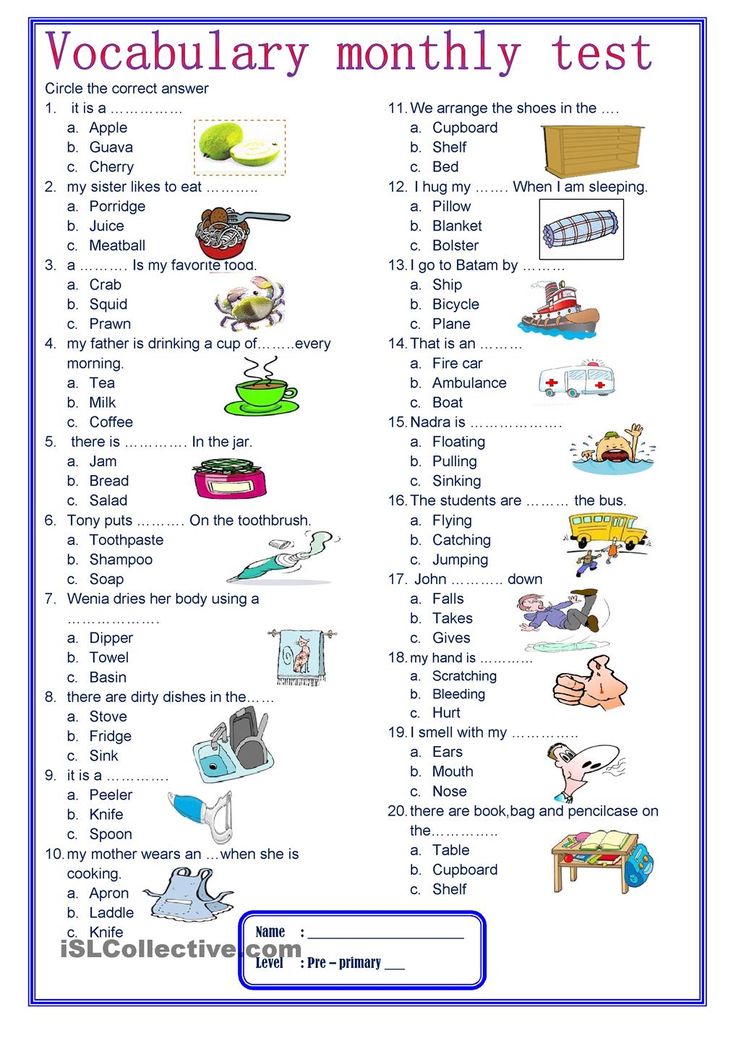
Click Here to See our Resources on Teaching Pre-Reading Skills
5-Year-Old Social Skill/Interaction Checklist
Another aspect of 5-year-old language milestones is how well they can interact with others. Here are some milestones related to social skills and interaction.
A 5-year-old should be able to:
- Follow rules and take turns when playing games with other children (Source: CDC)
- Keep a conversation going with more than three back-and-forth exchanges (Source: CDC)
- Respond to “What did you say?” (Source: ASHA)
- Talk in different ways, depending on the listener and place, such as using shorter sentences when talking to a baby and talking louder outside (Source: ASHA)
- Can discuss their emotions and feelings (Source: ASHA)
- Understands that other people may have a belief that differs from the truth (Source: ASHA)
- Understands that someone else may feel the same way when experiencing a similar event (Source: ASHA)
For more resources on teaching social skills to children, click here.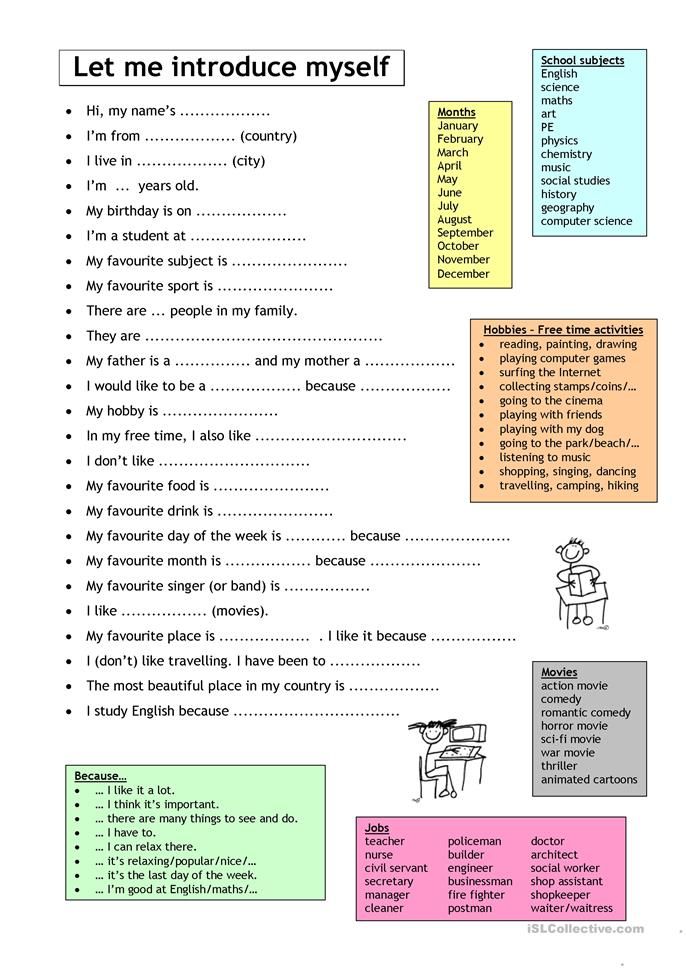
Activities and Ideas for Boosting Language Skills in Children:
If you are looking for therapy ideas or home activities to boost a child’s language skills, check out our eBook with lesson plans and activities for teaching 39 different speech and language skills. Or, check out our course on helping children with syntax and grammar.
Speech & Language Activities
Plans for 39 Most Common Skills | $59.99 on TPT
Buy Now
Syntax and Grammar Course
2-Hour Training with Therapy Materials
Buy Now
SLPCarrie2023-02-16T10:33:57-06:00Toggle Sliding Bar Area
Page load link Go to TopSight Words for 5 year Olds (PreKindergarten & Kindergarten)
Do you have a child ready to enter kindergarten? If so, you might be looking for sight words for 5-year-olds. You’ve come to the right place! Kindergarten sight words are going to be a huge priority for your child and learning them now is so important in helping your child learn to read fluently as they become a confident reader.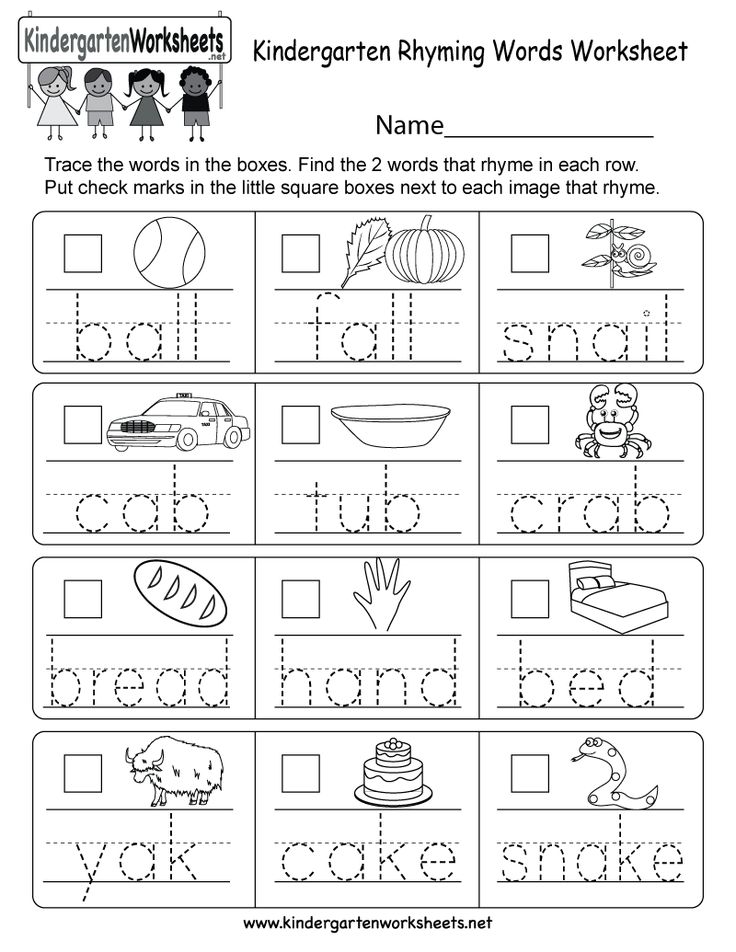
The beginning sight words that your child is going to learn first are some of the most common sight words that your child will encounter in his reading. They are taught as prekindergarten sight words and Kindergarten sight words.
Practice these words daily. Practice these high-frequency words often in order to help your child memorize their Dolch sight words, one by one. Keep up the hard work and soon enough your little one will be reading like a pro.
What are sight words?
Sight words are the most commonly used terms that appear on almost any page of text. These common, key words usually refer to a list from which children learn all or some of these important phrases during their first year in kindergarten.
As a child play therapist and teacher, I understand how important it is to understand what sight words are, as well as understanding which activities, games, and apps are best to use to teach them.
Why are they so important?To become a great reader, children must master their list of sight words.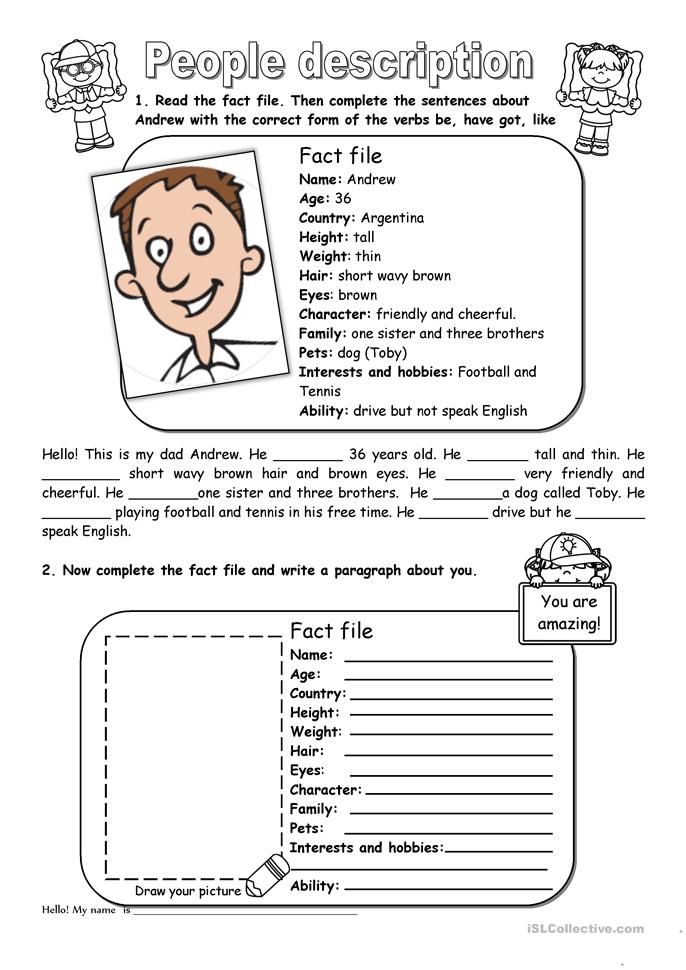 Once they have mastered these items to continue practicing them so that it becomes second nature for the child when looking at text and reading aloud.
Once they have mastered these items to continue practicing them so that it becomes second nature for the child when looking at text and reading aloud.
In fact, between 50-75% of your child’s text will include sight words from pre-primer to primer Dolch word lists.
Sight words are important so that your child can read fast enough and know what word to read without sounding out every letter. If they can’t, then they’ll have a hard time understanding what they’re reading.
The ability to recognize words helps your child in so many areas, including comprehension (understanding what you are reading) because the child is not trying to “sound out” the word, but instead, the focus is on the content.
If your child’s comprehension is limited, that will affect them when they move on to difficult texts like those found in science textbooks.
Sight Words for 5 year old’s
When a child can read the 52 most common words in kindergarten level books, it makes reading easier and more fluent. Soon, they will move on to the top 100 sight words that they will be expected to learn.
Soon, they will move on to the top 100 sight words that they will be expected to learn.
These sight words include:
all, am, are, at, ate, be, black, brown, but, came, did, do, eat, four, get, good, have, he, into, like, must, new, no, now, on, our, out, please, pretty, ran, ride, saw, say, she, so, soon, that, there, they, this, too, under, want, was, well, went, what, white, who, will, with, yes.
Download the Sight Word list for FREE here.
How to Teach Sight Words to 5 Year Old ChildrenTo begin, simply introduce your child to the list:
- Write the words on index cards to use as flash cards
- Play sight word games (like Sight Word Bingo)
- Order the Sight Word Bundle (created by a reading specialist) and use the sight word flashcards, read and write worksheets, and lesson plans.
- Hang the words up and go over them daily.
- Play other sight word games found in the Kindergarten Bundle pack.
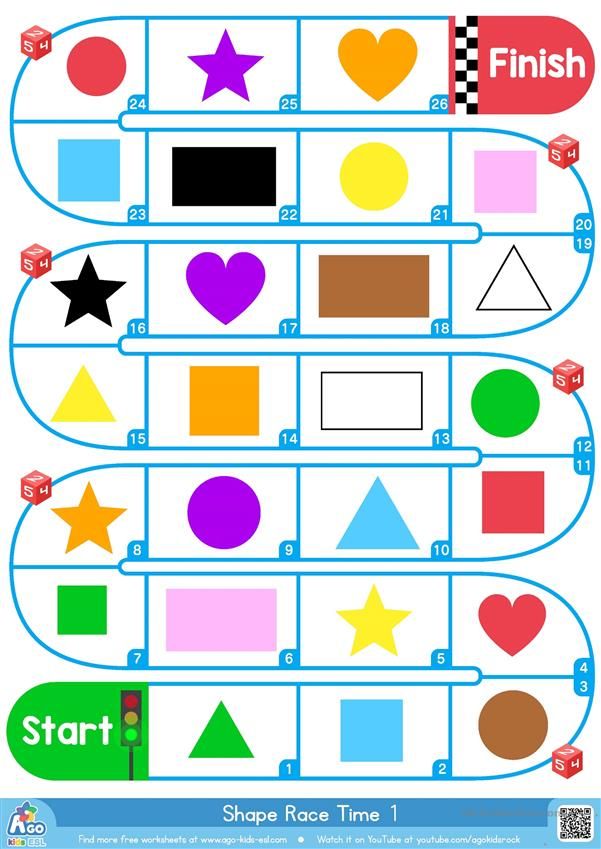
Remember to read every word on this list once a day and explain that he will be learning one new vocabulary word per day. Be excited about it!
On his first day, ask him if he knows any of these words already by putting a sticker next to each one they do recognize. This will help you know which words need more focus & which ones can simply be reviewed each day.
Throughout the day, talk about that word and go back to it on the wall. You can even have your child “tap” the words on the paper as you leave the room.
Practice using the words that you are working on in sentences and practice otherwise saying/showing what these words mean.
I keep our words in our pantry so anytime someone eats a snack they see the words.
From then on you can just review the words every few days until all of your child’s sight words are mastered!
As more days pass, your child will begin to find those words everywhere around in daily life (in books , signs nearby etc.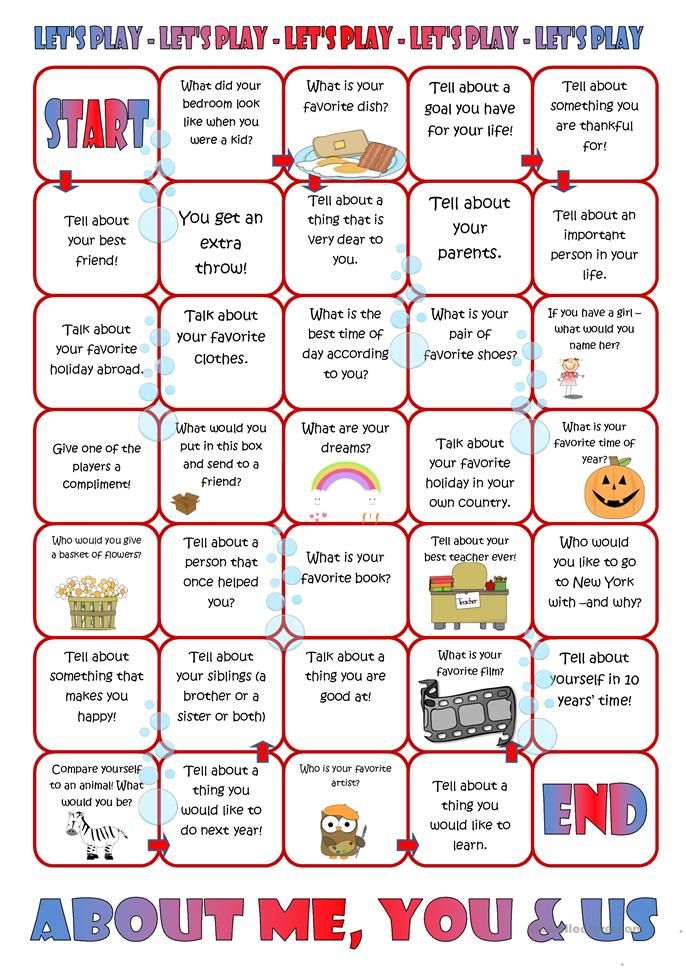 .) This is when the fun really begins…
.) This is when the fun really begins…
Find more awesome ways to introduce, practice, and learn sight words here.
The words in this Kindergarten Sight Word bundle include the most common sight words your child will encounter during his reading.
These are important because they help build a foundation for learning to read and help your child to understand what is being said in sentences (because they put less attention & focus on sounding out words & more attention & focus on the story).
Don’t forget to practice! Practice makes perfect, so stick with it and soon enough your child will be reading like a pro.
If you need some extra help along the way or want to buy our bundle of sight word activities (which includes over 100+ commonly used words), click here!
© YourModernFamily.com. Content and photographs are copyright protected. Sharing of this article is encouraged and appreciated, copying and/or pasting articles to any social media is strictly prohibited.
Stages of speech development in a child
The first six months
By the end of 1 month of life, a healthy infant already responds to treatment: stops crying, focuses on an adult. At 3 months , when communicating with an adult, the baby becomes animated, “gurgles”. Vowel sounds predominate, as well as consonants g, k, n.
At 5 months the baby reacts to the direction of the sound, “sings”, changing the intonation of the voice. By 6 months the first syllable "ba" or "ma" appears. There is an initial understanding of the addressed speech: the child listens to the voice of an adult, recognizes familiar voices.
Until the year
In 8 months babble occurs, i.e. repetition of the same syllables: “ba-ba”, “yes-yes”, “pa-pa”, etc. In speech, sounds are used: p, b, m, g, k, e, a. By 10 months , the baby uses at least 1-2 “babble words” in communication (such as “lyalya”, “woman”).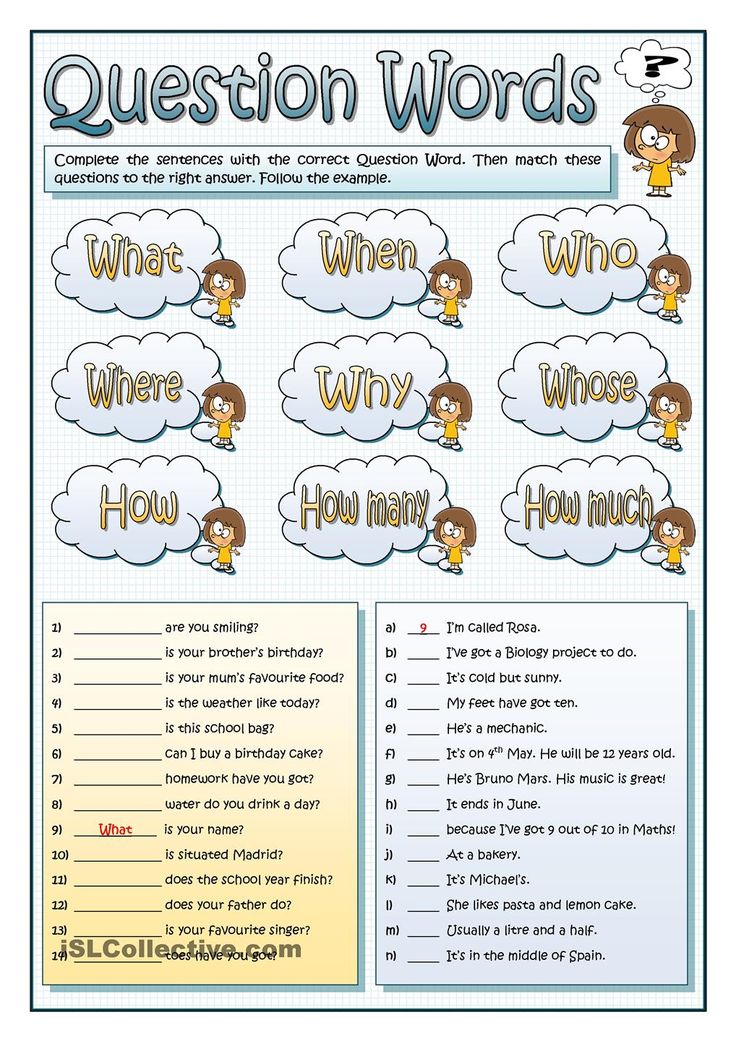
In 1 year the child already uses 3-4 "babble words", understands individual words, correlates them with specific objects. Understands simple instructions accompanied by gestures (“kiss mom”, “where is dad?”, “give me a pen”, “no”). The first meaningful words in a baby appear by the end of the first year of life. The period from one to three years is characterized by a rapid increase in vocabulary in children. This is due to the fact that the activity of the child becomes more complex and diverse. He gets acquainted with the various properties of objects, establishes the simplest connections between them, generalizes according to similar features. However, the ability to understand the generalized meaning of words is not yet sufficiently developed.
After a year
1 year 3 months . Vocabulary increases to 6 words, the child understands a simple instruction without a gesture, shows familiar words in the picture.
1 year 6 months . Shows one of the parts of the body, vocabulary 7-20 words.
Shows one of the parts of the body, vocabulary 7-20 words.
1 year 9 months . Shows three parts of the body, uses a two-word phrase (“Mom, di!”, “Give me lala”). Vocabulary 20 words.
Second year of development
2 years . The child shows five parts of the body, has a vocabulary of at least 50 words; understands and correctly follows the two-step instruction (“go to the kitchen and fetch a cup”), correctly uses the pronouns I, you, me. By the age of two, the child already learns the sounds: p, b, m, f, c, t, d, n, k, g, x. Whistling sounds (s, s, c), hissing (w, w, h, u) and sonorous (p, l) he usually skips or replaces.
2 years 6 months . The child understands the designation of actions in different situations (“show who is sitting, who is sleeping”), the meaning of prepositions in a familiar specific situation (“what are you sitting on?”). Pronounces sounds correctly: s, z, l, repeats two numbers in the correct sequence, has the concept of “one”.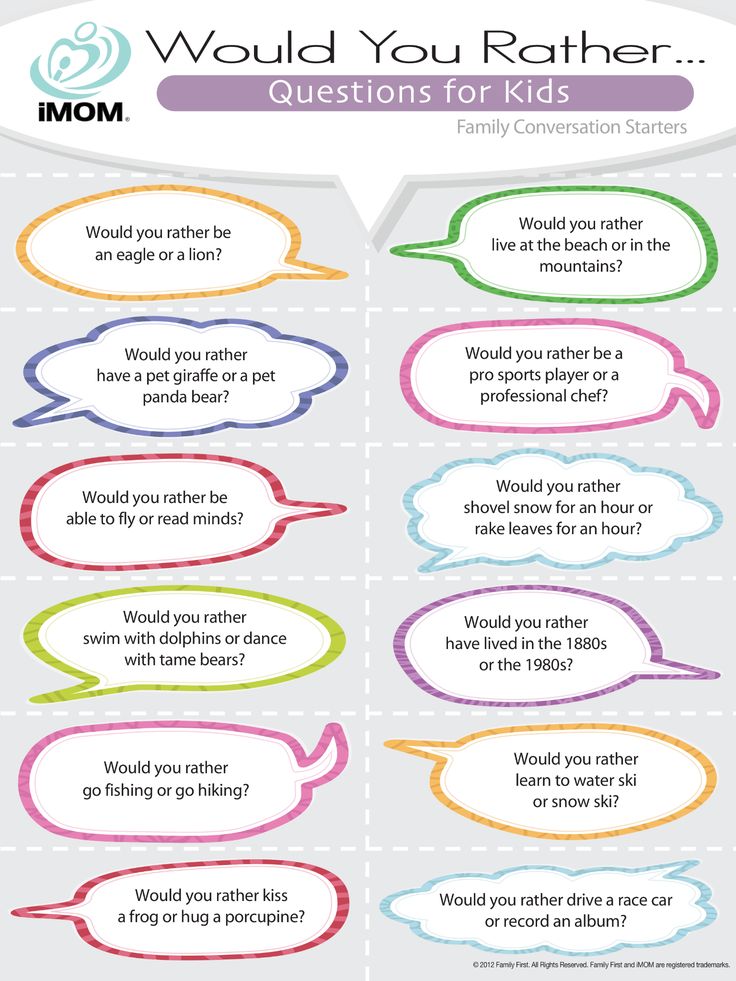
After two - not too late
3 years . Vocabulary 250-700 words, the child uses sentences of five to eight words, has mastered the plural of words; gives his name, gender and age; understands the meaning of simple prepositions - performs tasks like “put the cube under the cup”, uses simple prepositions and conjunctions in the sentence because, if, when. The kid understands the read short stories and fairy tales.
4 years . Complex sentences are already found in speech, prepositions are used for, before, instead of, after, unions what, where, how much. Vocabulary 1500-2000 words. The child correctly pronounces hissing sounds w, w, h, u, as well as the sound c. The softened pronunciation of consonants disappears.
5 years . Vocabulary increases to 2500-3000. In words, there are no more gaps, permutations of sounds and syllables. All parts of speech are used in the sentence. The child masters all the sounds of the native language and uses them correctly in speech; actively uses generalizing words ("clothes", "animals").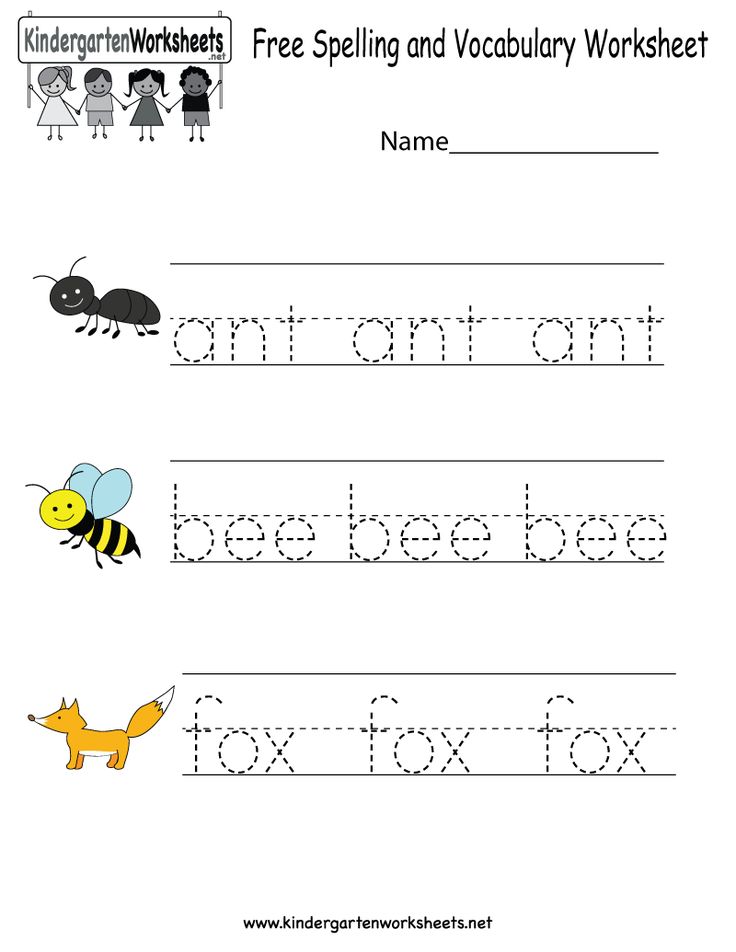
7 years . The dictionary is increased to 3500 words, it actively accumulates figurative words and expressions, stable phrases (neither light nor dawn, hastily, etc.) Grammar rules are assimilated. The child actively tries to explain the meaning of words, reflects on the gender of nouns. Thus, language and speech attention, memory, logical thinking and other psychological prerequisites for the further development of the child and his successful schooling develop.
Sources
- Yoldaş TÇ., Özdemir G., Karakaya J., Özmert EN. Turkish validation of the maternal responsiveness global rating scale in slow-to-talk toddlers. // Turk J Pediatr - 2020 - Vol62 - N5 - p.802-811; PMID:33108083
- Pacheco LDRA., Miguel JHS., Gil D. Musical stimulation proposal for hearing impaired children: case reports. // Codas - 2020 - Vol32 - N5 - p.e201
- ; PMID:33053089
- Costa B., White P., Kiff JD., Davies A., Stock NM. Parent-reported socioemotional and cognitive development in children with a cleft lip and/or palate at 18 months: Findings from a UK birth cohort.
 // Child Care Health Dev - 2021 - Vol47 - N1 - p.31-39; PMID:32990944
// Child Care Health Dev - 2021 - Vol47 - N1 - p.31-39; PMID:32990944 - Jutras B., Lagacé J., Koravand A. The development of auditory functions. // Handb Clin Neurol - 2020 - Vol173 - NNULL - p.143-155; PMID:32958169
- Babatsouli E. Measuring word-final consonant clusters in developmental child speech. // Clin Linguist Phon - 2021 - Vol35 - N5 - p.419-437; PMID:32683994
- Venker CE., McDaniel J., Yasick M. Speech-Language Pathologists' Ratings of Telegraphic Versus Grammatical Utterances: A Survey Study. // J Speech Lang Hear Res - 2020 - Vol63 - N7 - p.2271-2280; PMID:32579870
- Skovlund E., Selmer R., Skurtveit S., Brandlistuen RE., Handal M. In utero exposure to analgesic opioids and language development in 5-year old children. // Pharmacoepidemiol Drug Saf - 2020 - Vol29 - N6 - p.736-744; PMID:32383248
- Thistle JJ., Wilkinson KM. Speech-Language pathologists' decisions when designing an aided AAC display for a compilation case study of a beginning communicator.
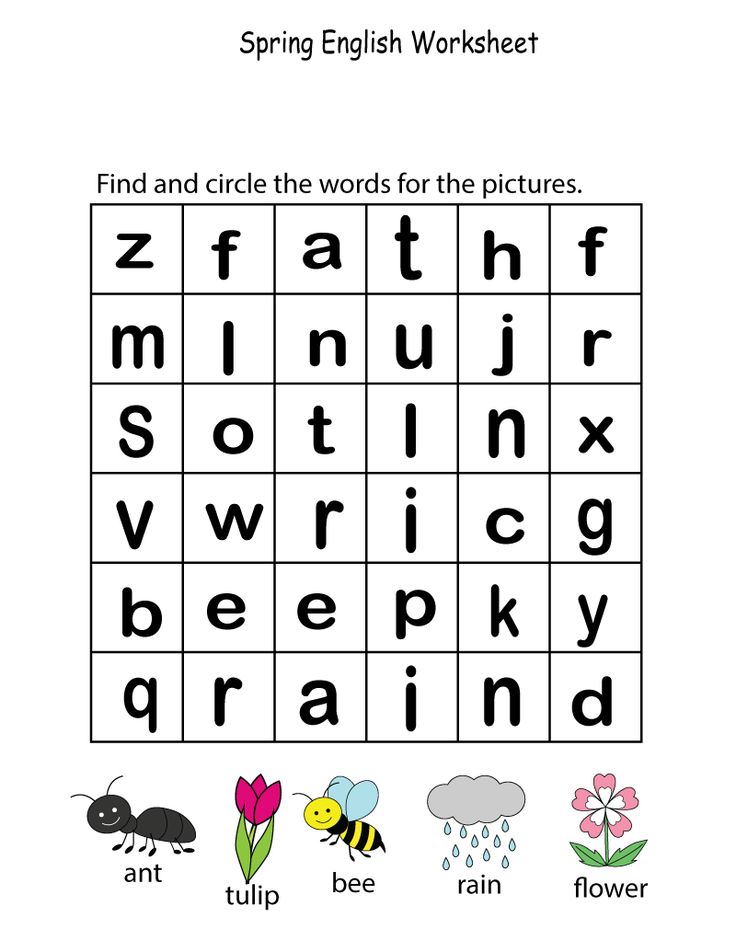 // Disabil Rehabil Assist Technol - 2020 - Vol - NNULL - p.1-9; PMID:32228265
// Disabil Rehabil Assist Technol - 2020 - Vol - NNULL - p.1-9; PMID:32228265 - Babatsouli E. Correlation between the measure for cluster proximity (MCP) and the percentage of consonants correct (PCC). // Clin Linguist Phon - 2021 - Vol35 - N1 - p.65-83; PMID:32223449
- Macari S., Milgramm A., Reed J., Shic F., Powell KK., Macris D., Chawarska K. Context-Specific Dyadic Attention Vulnerabilities During the First Year in Infants Later Developing Autism Spectrum Disorder. // J Am Acad Child Adolesc Psychiatry - 2021 - Vol60 - N1 - p.166-175; PMID:32061926
vocabulary increase. Blog Logo-Expert
Logo-Expert Blog
children Dictionary for parents
The quality and quantity of a child's vocabulary largely determine the level of speech development in general. The formation and development of a dictionary is one of the main directions of the speech development of preschoolers. This topic has been the subject of numerous studies over many decades, and does not lose its relevance even now.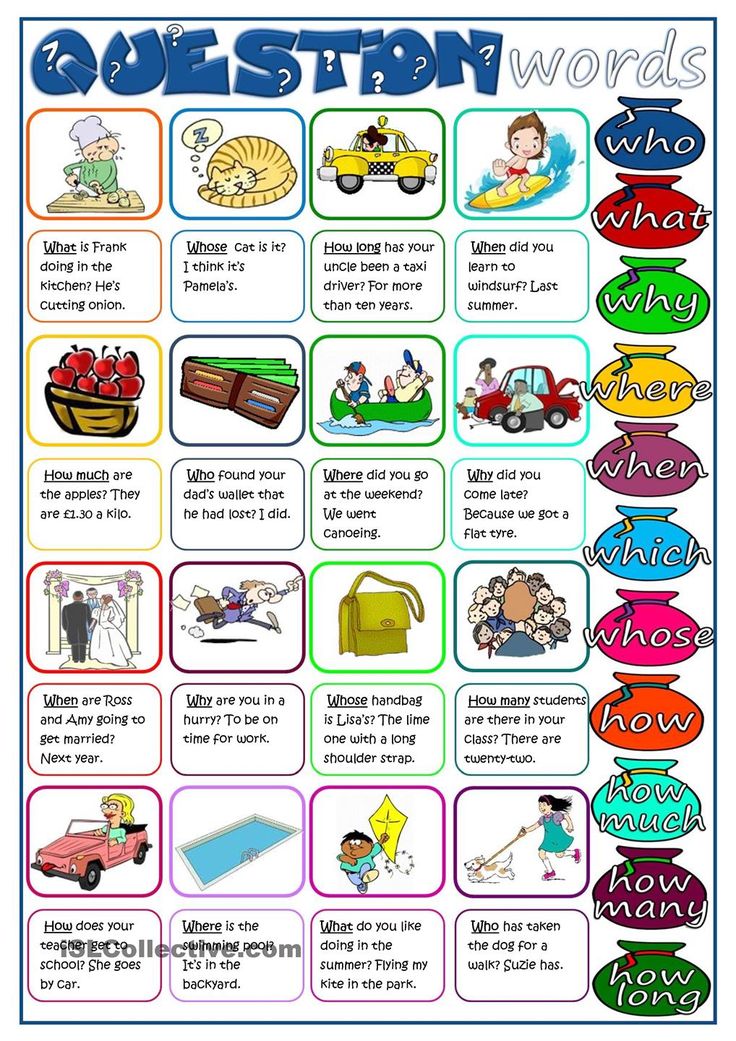 Currently, there are trends of deterioration in the level of speech development of children, including the scarcity of their vocabulary. The reasons for this deplorable situation are heredity, and congenital pathologies of development, and the imperfection of the educational system, and the lack of competence of teachers and parents on the speech development of preschoolers. Usually, vocabulary work is most intensively carried out in the early and younger preschool years, but it should continue in the older age groups of the kindergarten.
Currently, there are trends of deterioration in the level of speech development of children, including the scarcity of their vocabulary. The reasons for this deplorable situation are heredity, and congenital pathologies of development, and the imperfection of the educational system, and the lack of competence of teachers and parents on the speech development of preschoolers. Usually, vocabulary work is most intensively carried out in the early and younger preschool years, but it should continue in the older age groups of the kindergarten.
There are certain norms for the development of speech, an indicator of which, in particular, is the number of words a child knows. By the end of the first year of life, the first words appear (10-15 words). Babbling (lyalya, mom, dad) and onomatopoeic (meow, bibi). During the 2nd and 3rd years of life, the child has a significant accumulation of vocabulary. By 1.5 years - 100 words, by 2 years - 300-400 words, by 3 years - 1000-1500 words, and at 6-7 years old the active vocabulary is from 3500 to 5000 words.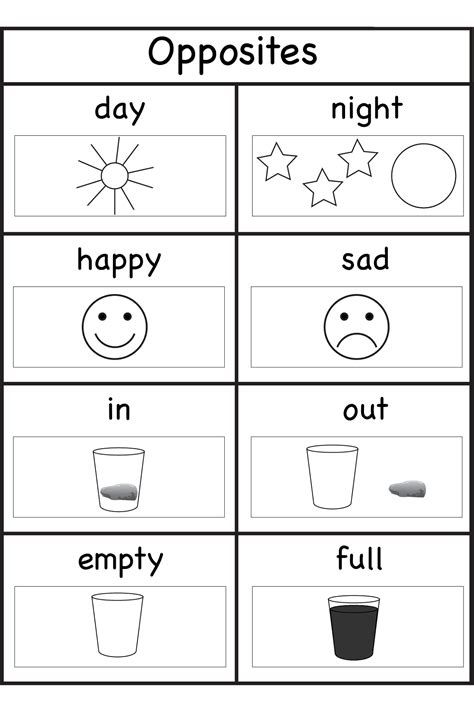
Before entering school, a test is mandatory, which includes an assessment of speech development. And recently, the statistics have been disappointing, because most first-graders show signs of delayed speech development. This is a serious problem, which leads to the fact that such children are simply not ready for school. And first of all, this affects the acquisition of literacy - children simply do not have enough knowledge to pick up test words.
To prevent this, effective measures must be taken to enrich the child's vocabulary so that he knows as many words as possible before entering school.
A child's vocabulary is of two types - passive and active. Passive vocabulary is those words, the meaning of which the child understands, but does not use in his everyday speech. The active vocabulary includes those words that the child not only understands, but also uses them in speech and writing. As a rule, the passive dictionary is always larger than the active one.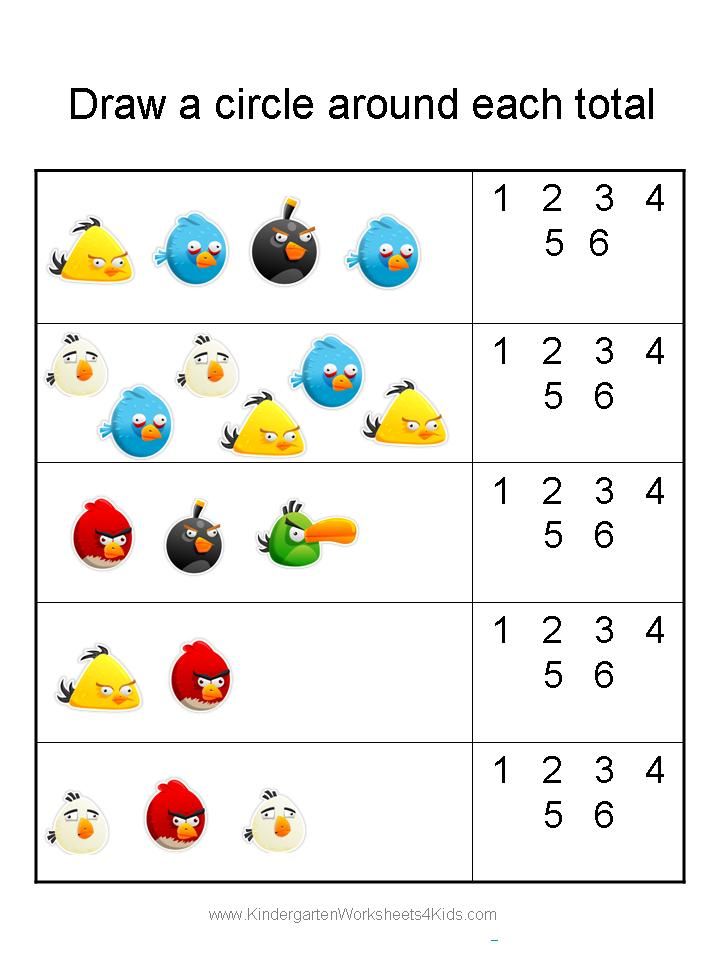
Thus, the main task is to expand the passive vocabulary, as well as help in activating the active vocabulary. The most active period, when the child begins to master the largest number of words, is the age of 1 year. If at 12 months a child knows about 12 words, then by the age of 4 he already masters up to 2000 words.
It is important to understand that words are not acquired by themselves - this is the result of systematic work to expand the child's vocabulary. And the work must be carried out every day - only in this way can good results be achieved. A huge role in this process is played by parents, on whose participation it directly depends on how quickly the child begins to speak and how rich his vocabulary will be.
There are a number of recommendations to build and increase the vocabulary of preschool children. Most of them do not require much effort on the part of parents.
All children are in different conditions of speech development, so the number of words they know is different in each case.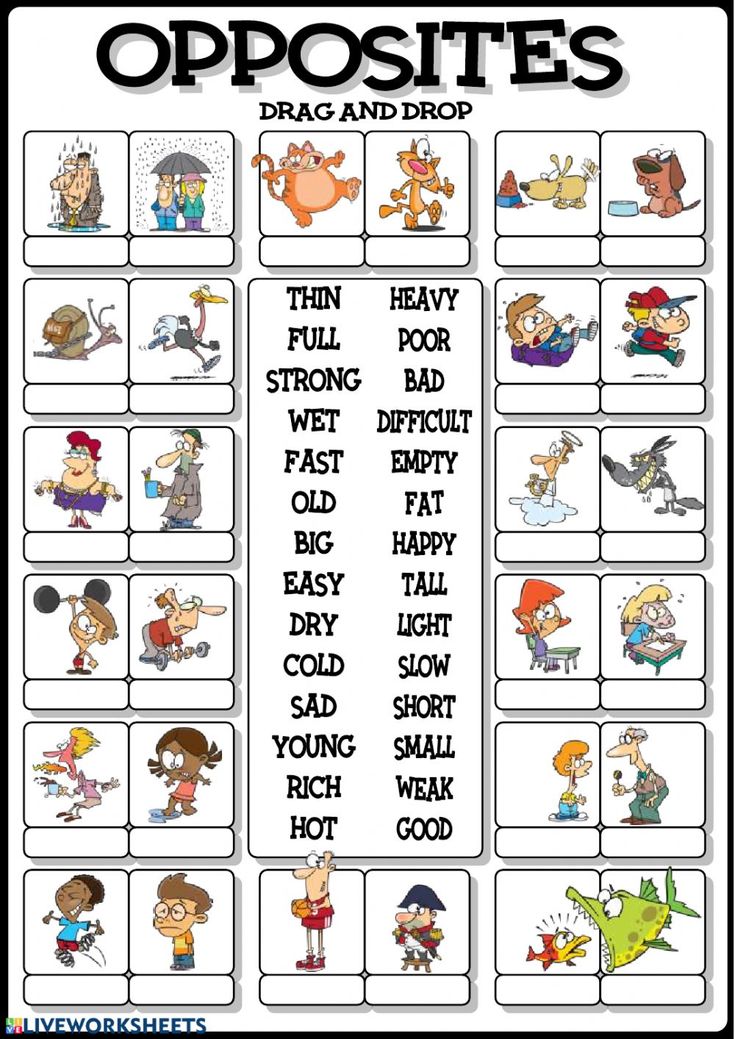 But there is a certain list of terms and concepts that children should know by the age of 5-7:
But there is a certain list of terms and concepts that children should know by the age of 5-7:
- Household dictionary (names of toys, dishes, hygiene and household items).
- Spatial orientation (up, down, right, left).
- Concepts of time (second, minute, hour, year), days of the week, months and seasons.
- Dictionary of natural history (names of natural phenomena, animals, plants, birds that are in its immediate environment).
- Numerals (ideally up to one hundred).
- Social science terms (names of holidays, words denoting people's work, human values, etc.).
- Sports (football, hockey, etc.).
- Words denoting emotions, feelings and experiences.
- Parts of the human body.
- Names of vehicles.
- Colors and shades.
There are many ways to build a child's passive and active vocabulary. Below we list the main recommendations, the observance of which will allow you to quickly achieve results.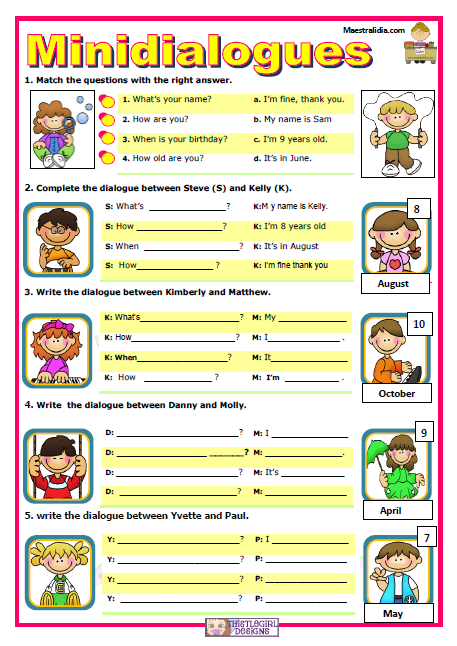
Constant communication with the child is the base that allows the child to learn new words, ask an adult about the objects and phenomena that he observes.
During communication, try to use not only definitions familiar to the child, such as “small”, “big”, “good”, etc. Introduce synonyms into speech that make speech more colorful, use metaphors and epithets.
It is important to understand that the speech of preschoolers mainly consists of nouns and verbs, so you need to use adjectives as often as possible. Children hardly remember them, so you need to acquaint the child with the shape and color, smell, material, purpose of objects.
You should not just read books aloud, but do it slowly and with intonation. Periodically, you need to stop and ask the child if he understood the meaning of what he read, or if some words are incomprehensible to him. This is very important, because even when reading the simplest book, a child may have a lot of questions that you don’t even know about.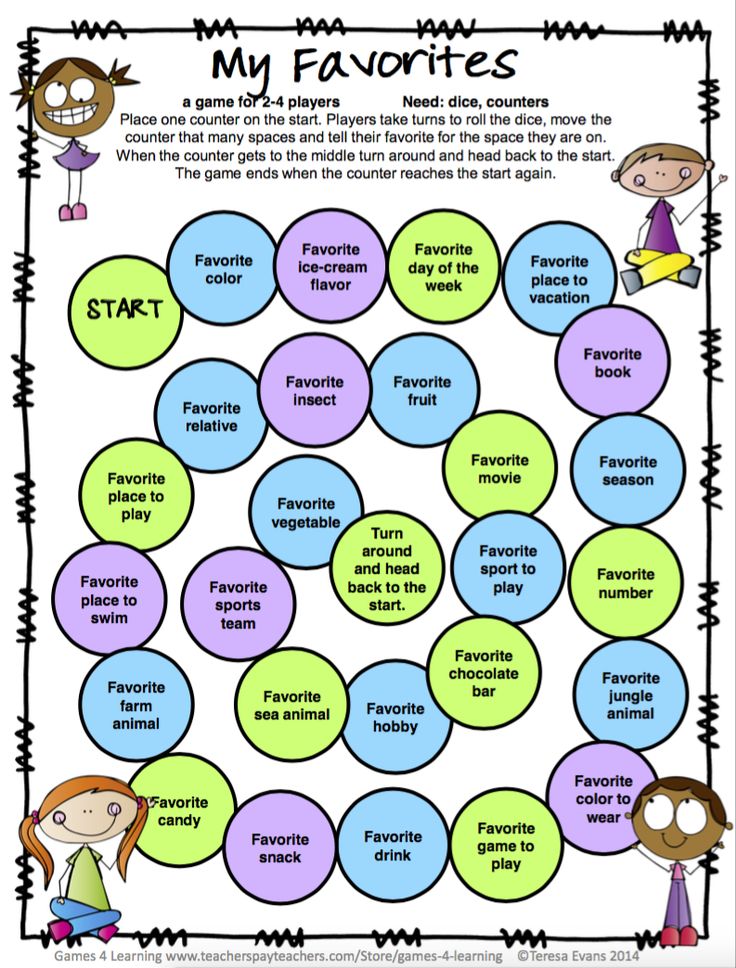 Explain the meaning of unfamiliar words to him, and also ask questions about what he read.
Explain the meaning of unfamiliar words to him, and also ask questions about what he read.
You can observe almost everything with your child. Conduct an inspection of the premises in which you visit (during a trip to visit, visiting a clinic, etc.), observe with him natural phenomena, children in the yard, animals and birds.
But don't just be an observer - comment on what you see. Actively share your observations, describe the feelings that you experience while doing this. The observations themselves should be interesting for the child, so if he does not want to look at the children playing on the playground, but wants to take part in this himself, then do not prevent him from doing this.
Looking at pictures and pictures in books contributes to the development of a passive vocabulary. You should describe what is shown in the illustration, as well as ask leading questions to the child.
Drawing up a story from pictures is very helpful. First, you can disassemble each image separately, and then, together with your child, compose a simple mini-story based on these pictures.
Here you can combine business with pleasure. Take your child to the kitchen, for example, where you can cook family dinner together. There is just a huge number of new items, the names and purposes of which may be unknown to him. Demonstrate and name the available kitchen items to him, tell him exactly what they are for.
You can discuss the classification of products with him. So he will understand that vegetable oil is needed for frying, and not to drink it, that it is more convenient to eat soup with a spoon, etc. Surely the child will want to help you, so you can entrust him with some simple and safe task (stir salad with a spoon, sort out buckwheat, etc.).
Play is the form of learning that is most effective in childhood. In this case, you do not need any special devices, so you can play almost anywhere.
Here are a few examples of such games:
- We name the attribute of an object and correlate a certain object with it. For example, large (elephant, skyscraper, world), white (bread, sheet of paper, etc.
 ).
). - Guess the profession. Examples: a person who drives a car ... (driver), a person who sells products ... (salesman).
- "I know five." At an early age, it is important to know not only a lot of words, but also to classify them into certain categories. You can invite the child to name 5 types of animals, types of transport, etc.
- "Edible-inedible". You name any word and throw the ball to the child. If the word is “edible” (ice cream, apple, watermelon), then the child catches the ball, and if it means an inedible object, then the ball is discarded.
- "Say the opposite." You say a word, and the child must name its antonym: hot - cold, slow - fast, clean - dirty.
- "Who lives where?". You name an animal or bird and throw the ball to the child. He catches the ball, names the place where the animal lives, and returns the ball. Examples: - a bear - in a den, a fox - in a hole, etc.
Games have a very strong influence on the increase in words that the child will later use in his everyday speech.